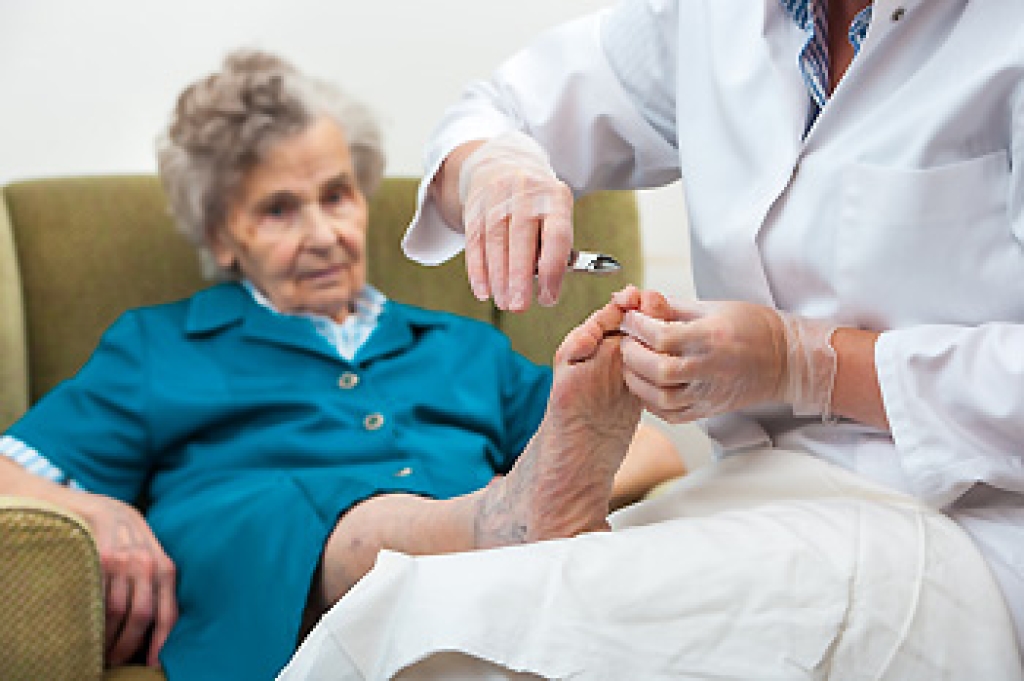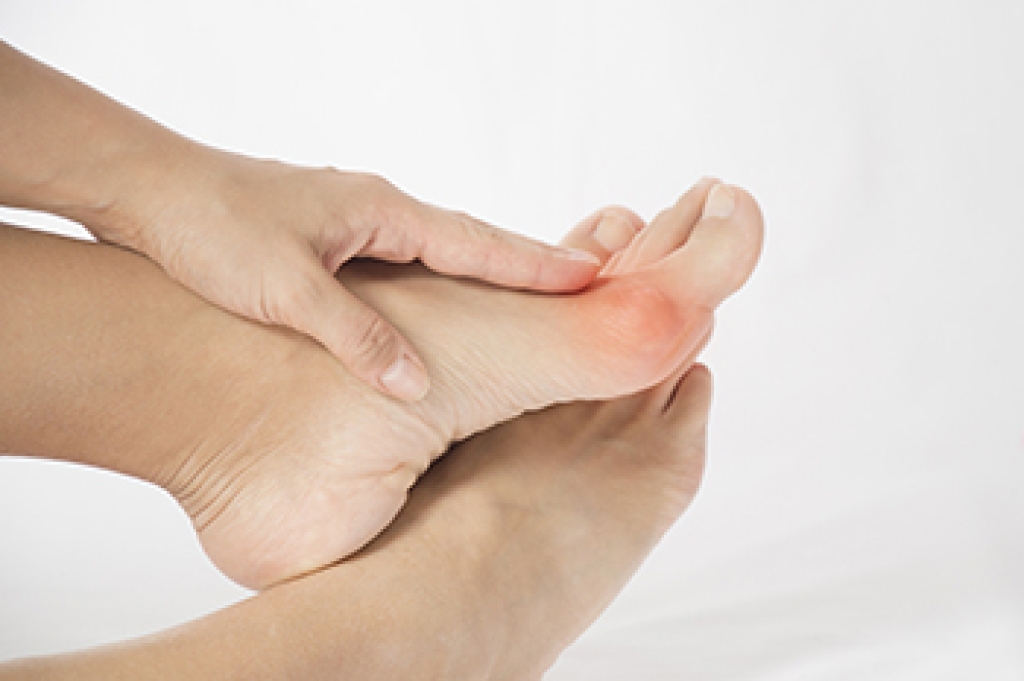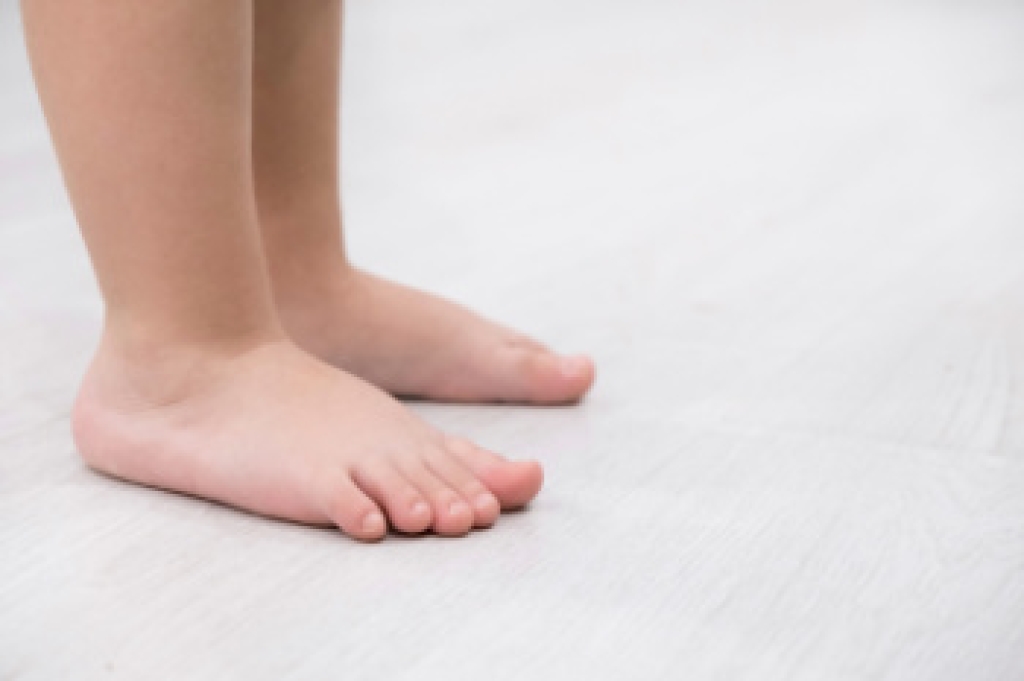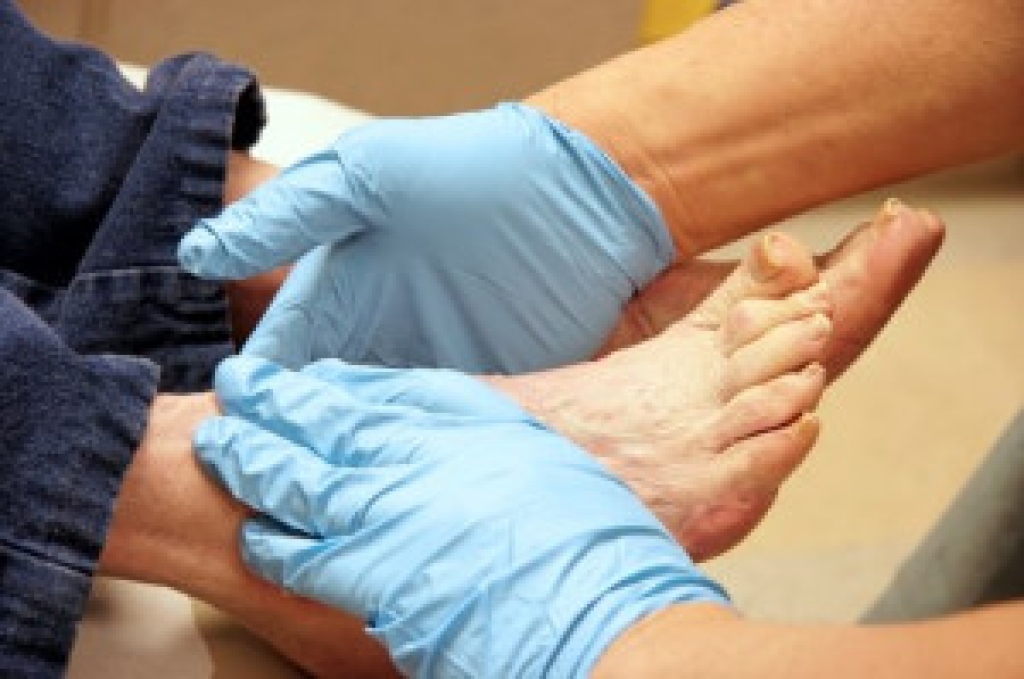
As people age, foot health becomes increasingly important for maintaining mobility and independence. Foot care tips for older adults include wearing supportive shoes and clean socks to protect against injury and infection. Promoting good circulation by moving regularly and propping up the ankles when seated can help reduce swelling and discomfort. Additionally, washing feet daily and thoroughly drying them prevents fungal issues, while trimming toenails properly reduces the risk of ingrown nails. A podiatrist can provide regular checkups, manage foot conditions, and offer advice tailored to individual needs. If you or a loved one are experiencing foot pain or difficulty with foot care, it is suggested that you schedule regular visits with a podiatrist who can treat various foot conditions, ensuring long-term comfort, safety, and mobility.
If you need your feet checked, contact Dr. George Yarnell of Pennsylvania. Our doctor will attend to all of your foot and ankle needs and provide you with quality treatment.
Geriatrics and Podiatry
When people age, some common issues that may occur are bone density loss, dry skin, poor circulation, and rough brittle nails. These issues may also affect your foot health if the necessary steps are not taken to alleviate the problems.
It is important to take care of your feet because feet that are injured or diseased can affect your overall health. Having painful feet hinders your ability to do daily activities or may decrease your willingness to do the things that you need to do.
Visiting Your Geriatrician
As we age, health problems become more likely, so it is essential to visit your doctor for check-ups to ensure that you are doing the best you can to take care of your health. It is recommended to check your feet frequently for any possible cuts, bruises, swelling, corns or any other irregularities.
Taking Care of Elderly Feet
Cracked or dry feet can be treated by applying moisturizer often. It is also important not to wear old socks because the older the sock is, the higher the possibility there will be that there is bacteria there. Wear fresh socks and make sure they fit properly.
Proper foot health means that you can have a more active lifestyle and you will not be bogged down by pain. Foot health also leads to good circulation, which is paramount for overall health.
If you have any questions, please feel free to contact our office located in Lansdowne, PA . We offer the newest diagnostic and treatment technologies for all your foot care needs.








